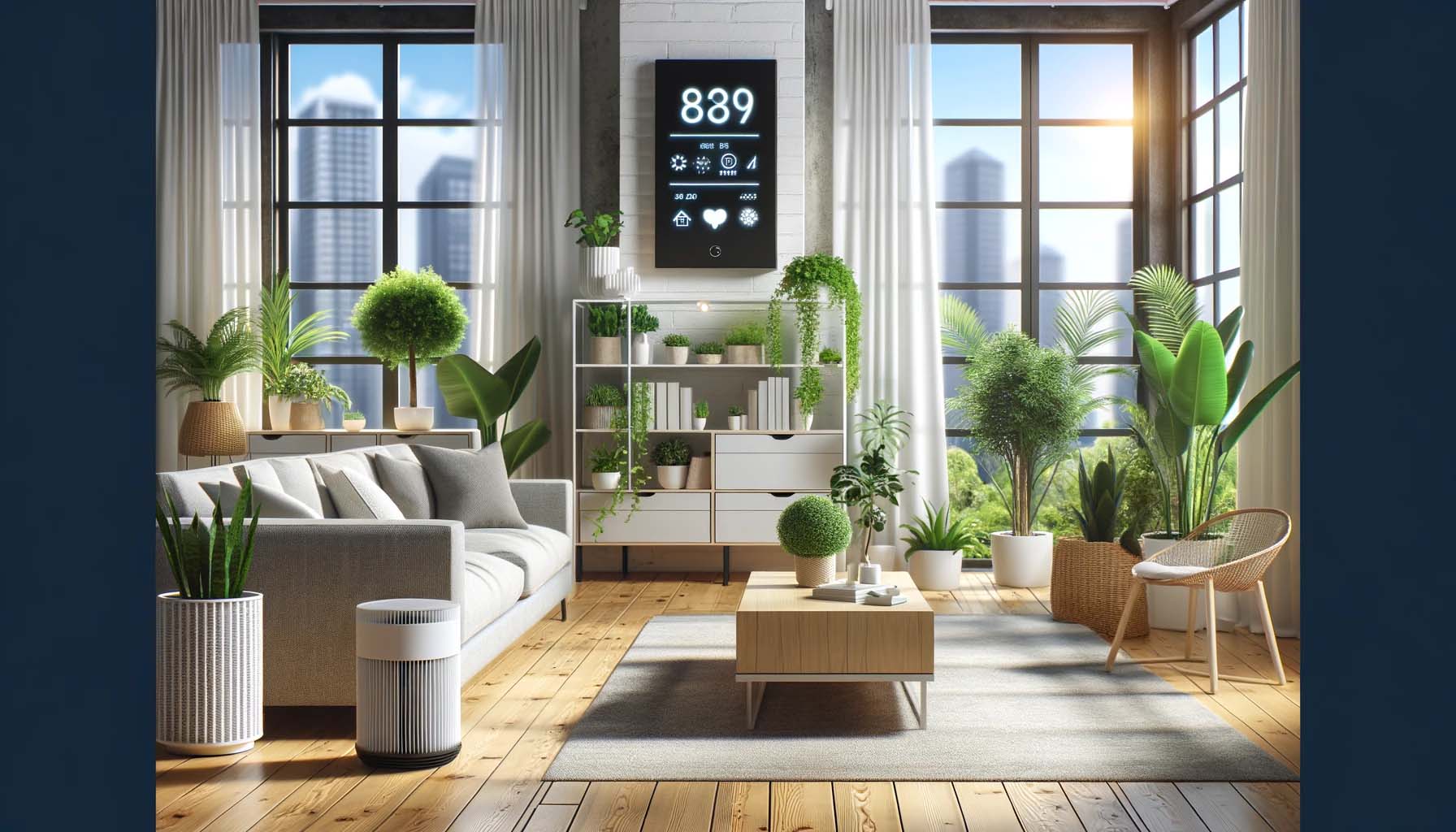
Unveiling the Secrets of Healthy Living Spaces: How to Purify Your Indoor Air
Indoor air quality directly impacts our well-being. Yet, many overlook its significance. Here, we delve into efficient ways to enhance the air we breathe indoors.
Identifying Common Indoor Air Pollutants
Various pollutants, from dust mites to volatile organic compounds (VOCs), compromise indoor air quality. Understanding these contaminants is the first step towards purification.
Effective Air Purification Strategies
To tackle air pollution indoors, consider these methods:
- Mechanical Filtration Systems: These devices, like HEPA filters, trap airborne particles. They’re essential for homes in urban or dusty environments.
- Activated Carbon Filters: Ideal for removing odors and gases, these filters are a must for maintaining fresh indoor air.
- Ultraviolet Germicidal Irradiation: This technology eradicates microorganisms, ensuring a hygienic indoor atmosphere.
- Natural Ventilation: Simple yet effective. Regularly opening windows can significantly improve air quality.
Maintaining Optimal Humidity Levels
Excessive moisture fosters mold growth, while dry air can lead to respiratory issues. A balanced humidity level is crucial for a healthy living space.
The Role of Indoor Plants in Air Purification
Indoor plants not only beautify spaces but also purify the air. They absorb toxins and release oxygen, enhancing the overall air quality.
Regular Cleaning: A Key Factor
Frequent cleaning reduces pollutants. Pay special attention to areas prone to dust and mold.
Investing in Air Quality Monitors
These devices track air quality, providing valuable data to maintain a healthy indoor environment.
Conclusion: Embracing a Healthier Living Space
By implementing these strategies, you can significantly improve your indoor air quality. A healthier living space awaits those who prioritize air purification.




